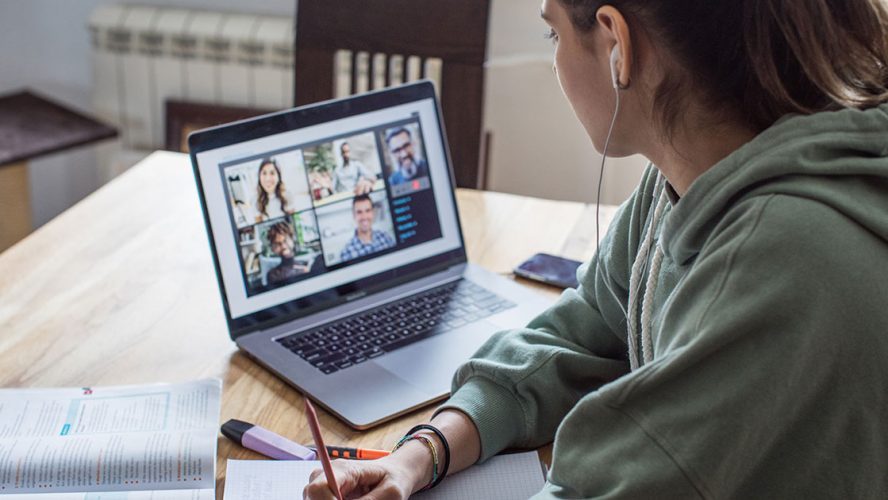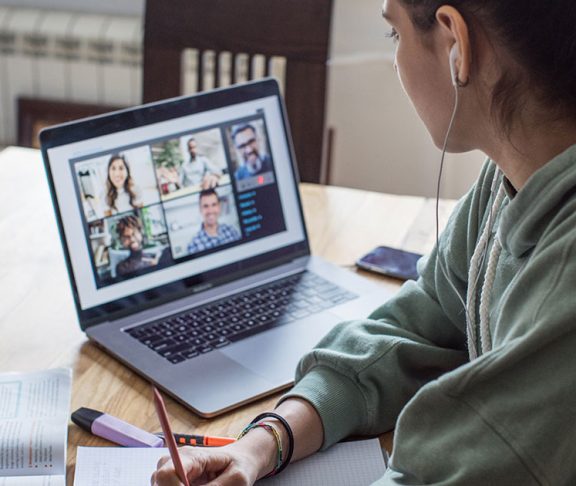
Matthew L. Montgomery, Ph.D.
Superintendent, Revere Local Schools (Bath, Ohio)
School leaders across the country are facing unique challenges unseen by their predecessors. Since March, schools have been thrust into providing instruction in novel ways as the COVID-19 pandemic wreaked havoc on in-person schooling.
While some schools fared better than others, each district continues to provide robust learning opportunities to their respective students, whether they are in-person, hybrid, or remote.
As a school superintendent, I have seen firsthand our triumphs and shortcomings over the past seven months, whether it be providing food to our families, supporting student and staff social-emotional well-being, to ensuring students have devices and internet accessibility.
In our school district, we work hard to incorporate engaging, hands-on activities in our classes. Students take an active role in their learning and they’re often collaborating with their peers on design, problem-solving, and critical thinking tasks that go well beyond the capabilities of a pre-recorded video or a lecture delivered through a video conference.
Access is key
The one factor I believe made the largest impact on success in terms of instruction was a district’s ability to provide each student with a device and access to the internet. The digital divide, or gap in access to technology, is not a new issue for schools; it has been a constant challenge for schools since the turn of the 21st century.
The COVID-19 pandemic put a magnifying glass on the educational technology inequities across our country. Districts with the resources and a vision for technology integration had an easier time transitioning from brick and mortar instruction to a remote learning platform. These gaps were seen in both the affluent and impoverished schools across America.
Even students with reliable connectivity can have challenges when there are several people in the household simultaneously participating in video conferencing sessions. Some federal funding has been available to help meet these needs, but a clear sustainable plan for keeping all students connected remains elusive.
Adjusting approaches
Making sure students can get connected is just the beginning, though, as districts with a clear vision for 21st-century learning were better positioned to adapt to the new environment.
Online learning is vastly different from the classroom. Perhaps the most successful teachers are letting go of the idea that they have to re-create the classroom experience in an online format. They’re embracing the abundances and scarcities of the online world.
Schools that can leverage technology can provide instructional experiences that are different from brick-and-mortar schools, yet meet the instructional experiences for the students. Experiences like STEM integration through virtual classrooms via Seesaw and Zoom, instruction centered around Engineering Design Thinking, use of household items or items found in nature, coding, and a focus on perseverance and creativity open doors for students to apply the content they’re learning to the real world.
As we turn the calendar year and approach a full year of facing COVID-19, one truth remains constant: Nothing can replace the value of face-to-face interaction between teachers and their students. But educators are the embodiment of lifelong learners and they will continue to find ways to leverage technology to reach students.
Only time will tell if how we “play” school will look drastically different when the pandemic is over. My hope is it will be even better!

